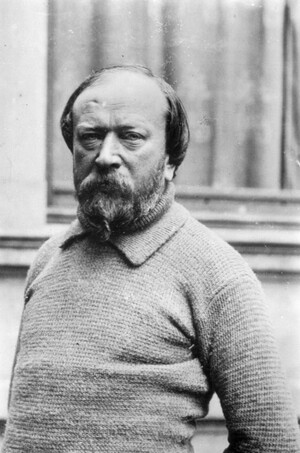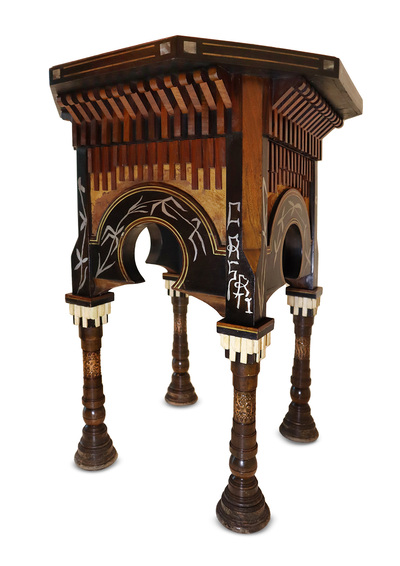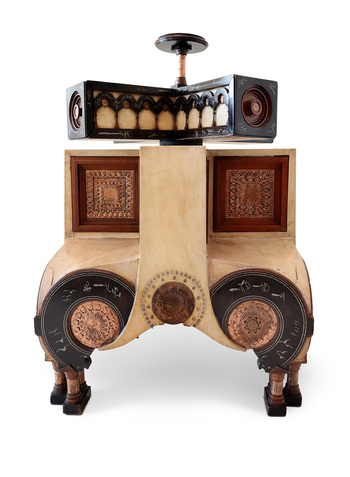The extravagant sophistication of Carlo Bugatti
In a display of creativity, the iconic furniture designer Carlo Bugatti becomes the main protagonist of our auction on March 23
Throughout the last century, design experienced a period of splendor that catalyzed endless movements that forever transformed our conception of furniture. In this sense, the irruption of Art Nouveau at the end of the 19th century opened the way to new creative horizons.

Despite spreading throughout the European territory, the Art Nouveau style developed according to its geographical location with distinctive characteristics and particularities. One of the most striking cases occurs in Italy, where the desire for progress of a nation that had barely found its unity caused a shock in the field of decorative arts and design, whose creative thrust experienced a unprecedented boiling. Establishing its creative center in the north of the country and more specifically in Milan, the Art Nouveau style became known in Italy under the name of Liberty. In the Lombard capital, and thanks to the close link with the industrial bourgeoisie of the time, it found fertile ground for its development and subsequent consecration. Like many other artistic movements of the time, Liberty was born from an ideal of total rupture with the past, inspired by the arts & crafts ideology that emphasized the freedom of artisan creation as the only alternative to mechanization and mass production. Inspired by the elegance of nature and the strength of line, they created a new definition of taste and beauty that still defines the Italian artistic character today.
Among its most charismatic and recognized architects, is the one who is today our protagonist: Carlo Bugatti. Despite being part of the aesthetic canons of the time, the originality and extravagance of his furniture went beyond the very definition of a style that took him one step further with his personal and risky contributions.
His style is forged under a strange and seductive eclecticism in which different historical sources come together that allude to French Gothic as well as Minoan, Oriental and Moorish art. Bugatti’s ability to fuse its multiple influences in such a unique way is evident in the cabinet and coffee table up for bid, whose designs are an exceptional testimony to its infinite creativity. Together with the multicultural pastiche, your furniture will acquire a peculiar materiality and physiognomy thanks to the combination of geometric and organic shapes covered in diverse and exquisite materials that will impregnate each element, detail and ornament with an unusual fantasy and exoticism.
The orders of a demanding and wealthy clientele that had a predilection for the orientalist taste so in vogue during the first years of the 20th century, gave way to his most exotic and extravagant production. In the case of the coffee table designed for the legendary Marchioness Luis Casati, Bugatti evokes the Moorish style both in the forms and in the ornamental work, reflecting a romantic vision of the East tinged with luxury, mysticism and extravagance. The refined appearance so characteristic of this variant of Islamic art shines through here in the use of elements typical of its architecture such as the horseshoe arch that combines with the wealth of materials and decorative motifs.
As for the cabinet, the taste for the orientalist is evident in the profuse ornamental treatment that it develops in its structural elements. The sculptural aspect that infuses the cabinet arises from the combination of the fluid and elliptical forms with the straight and geometric lines that in each of the furniture structures. The ornamental motifs, rich in shapes and materials, are developed in each part of the furniture, harmonizing a set conceived as an organic whole. The roundness of the line becomes here the cornerstone of its design: delicate veins, calligraphic motifs, soft curves, tendrils and moldings make this piece one of its most original and extreme designs.
With Bugatti, furniture became an object to dream of whose extravagance evokes the creative joy of a time when Italy sought the sign of its new identity in design.







